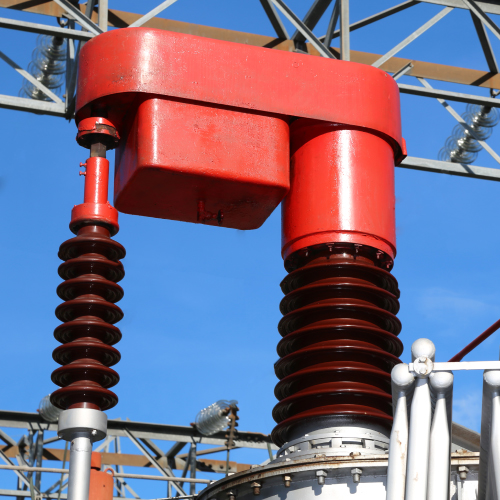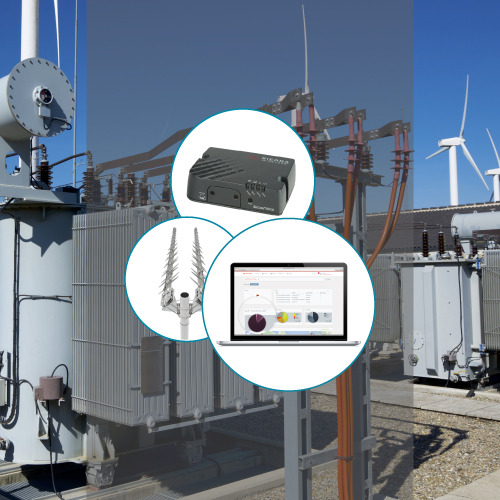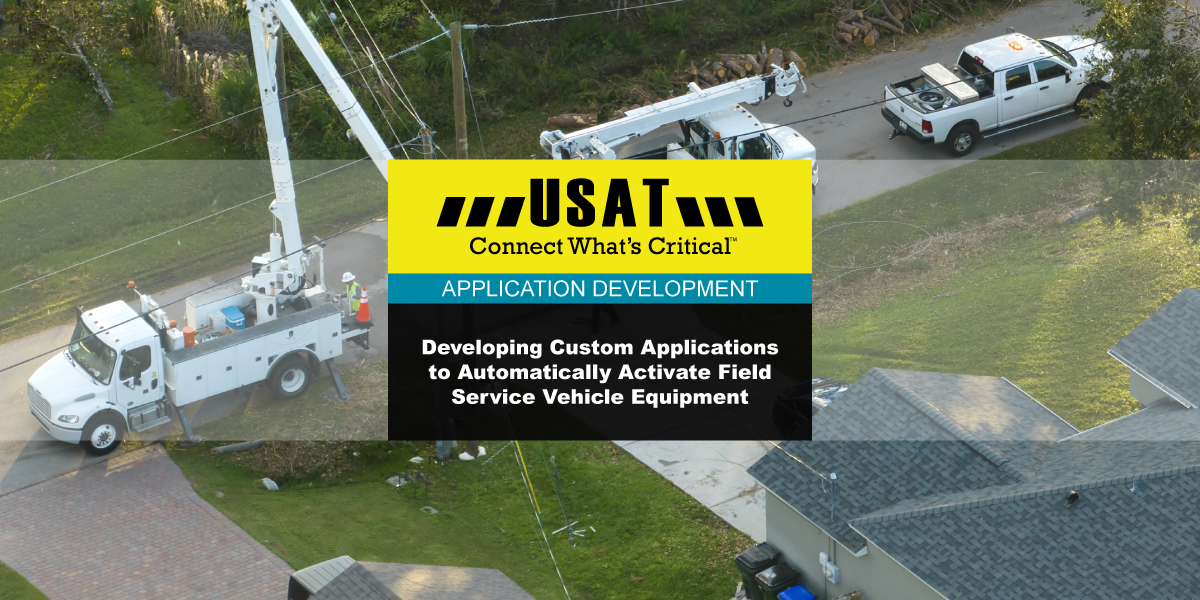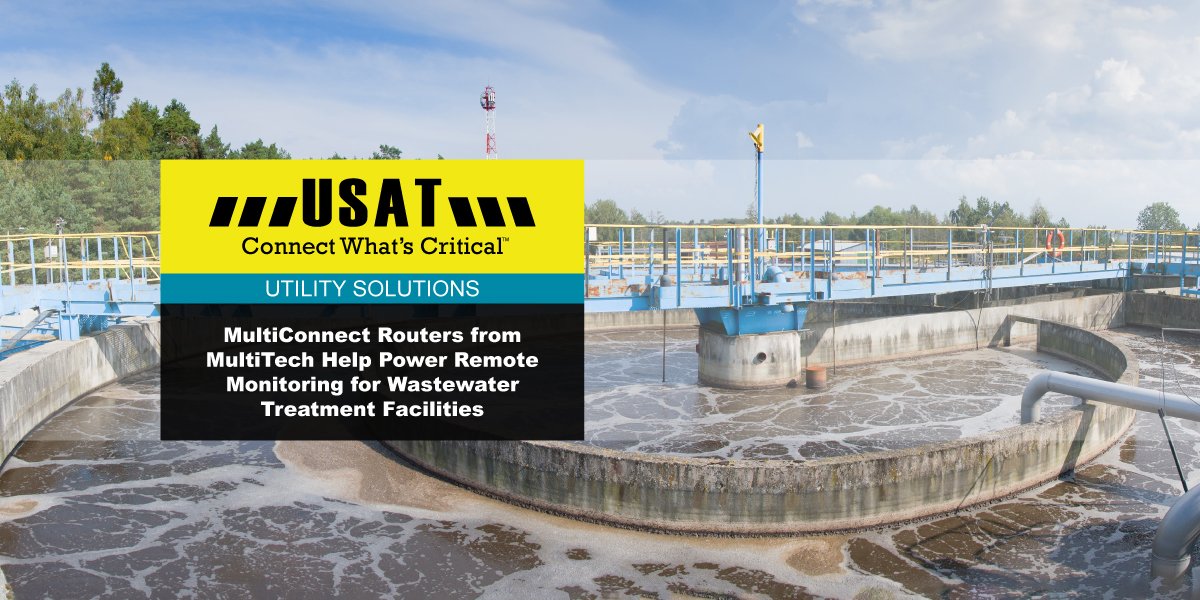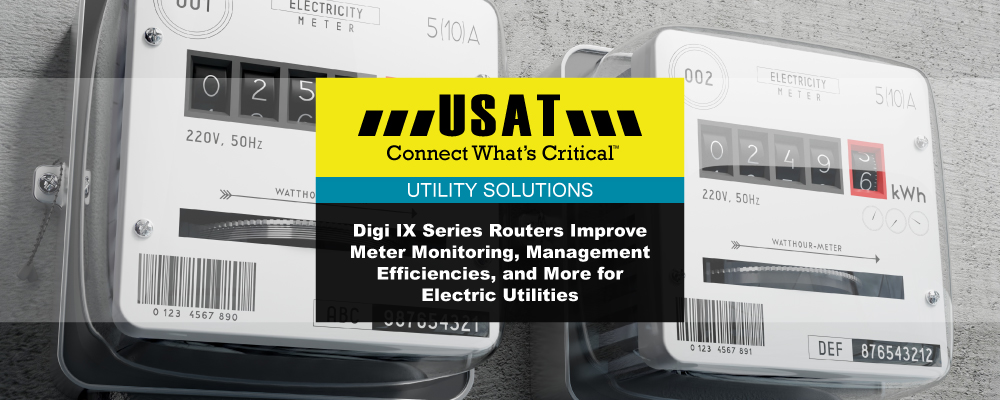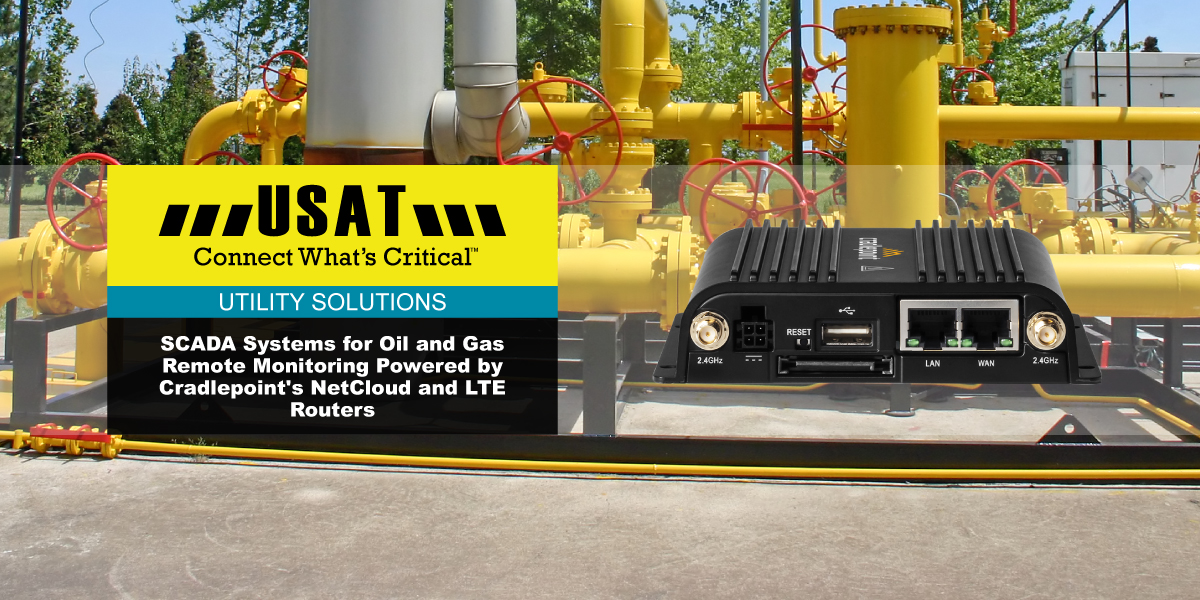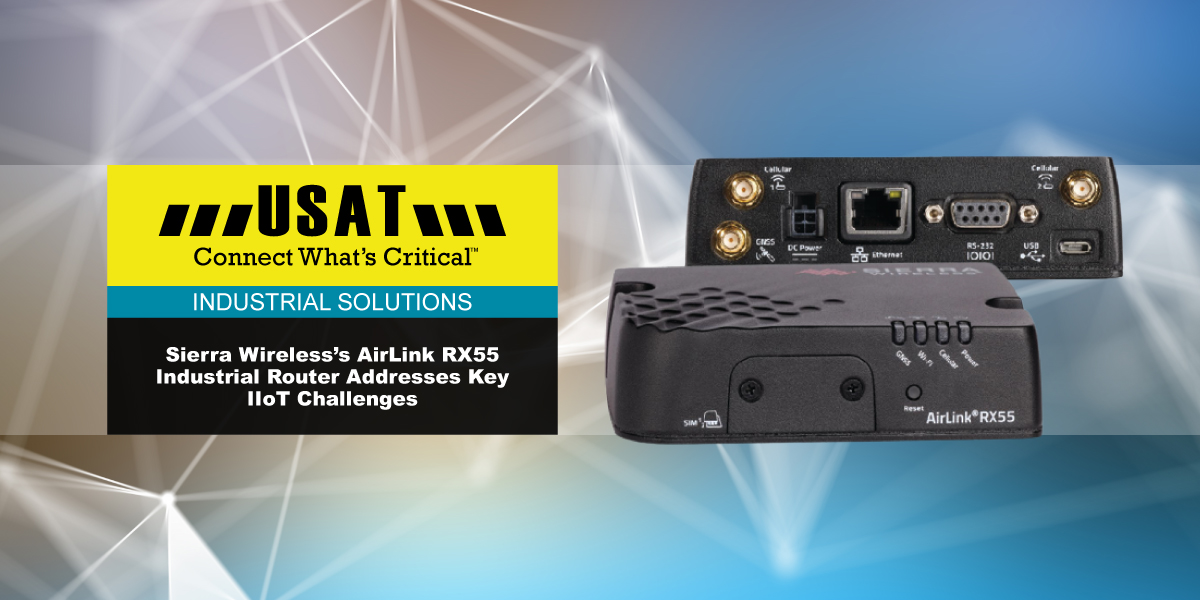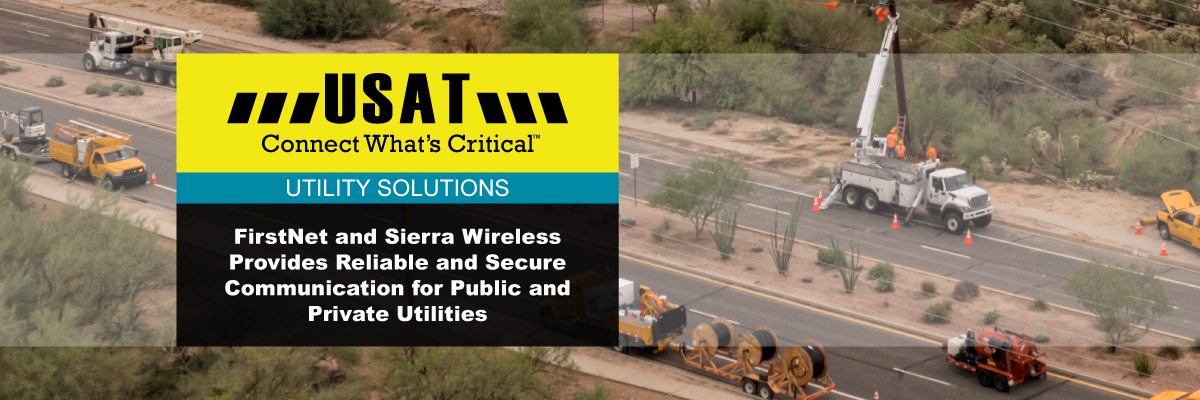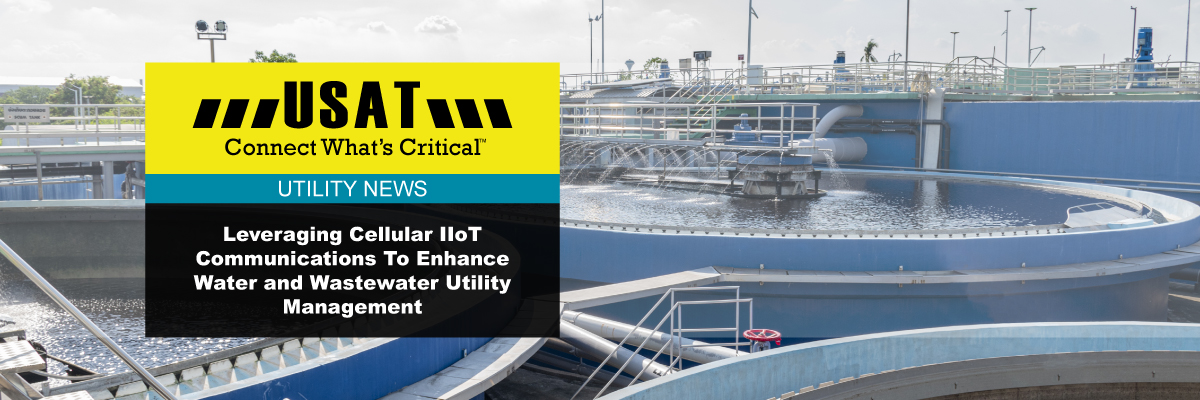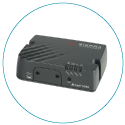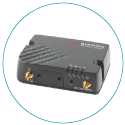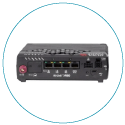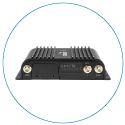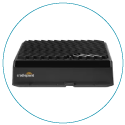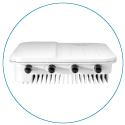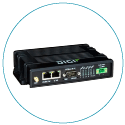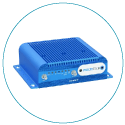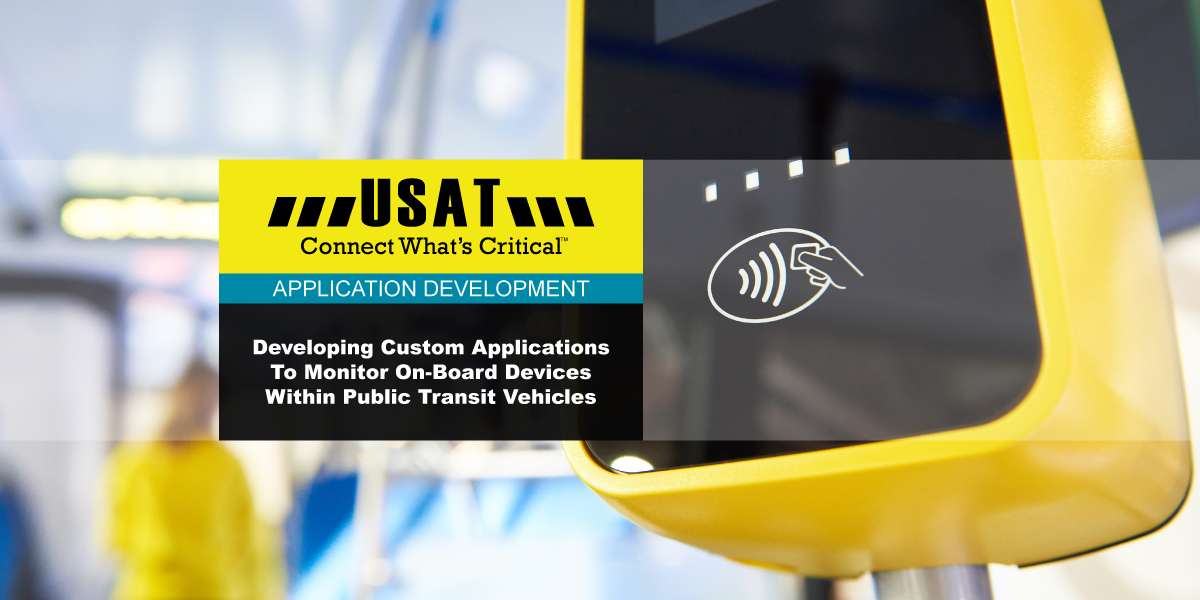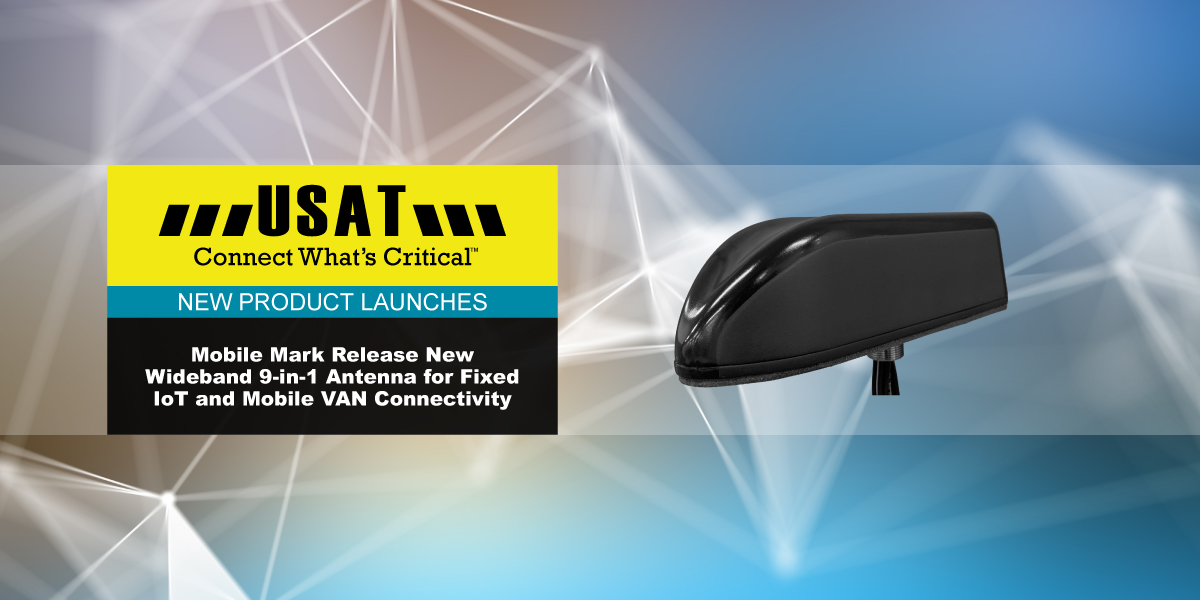Distribution Automation
Power Distribution System Communications
RUGGEDIZED CELLULAR DEVICES FOR CRITICAL UTILITIESSuccessful distribution automation utilizes a series of technologies to collect, automate, analyze, and optimize data to improve the operational efficiencies of power distribution systems. USAT helps utility companies equip the communication networks and equipment they'll need to optimize the performance of the sensors, processors, and other devices their automated distribution systems require.

Utility companies in today’s power and energy sectors rely heavily on distribution automation to keep the grid running at peak efficiency. USAT provides mission critical-grade wireless networking solutions that utility organizations can rely on for their communications piece.
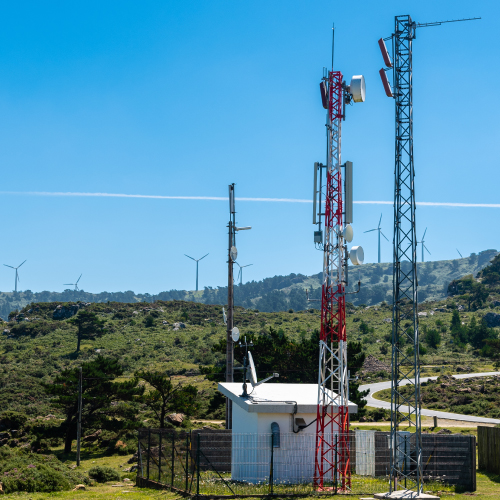
Benefits of Cellular Communications for DA
- Increased reliability and availability: Cellular networks offer high reliability and availability, ensuring that communication links are always available when needed. This is particularly important for critical infrastructure applications where downtime can lead to significant consequences.
- Remote access: Cellular networking devices allow for remote access to DA systems, enabling operators to monitor and control the distribution network from anywhere with a cellular signal. This can greatly enhance efficiency and response times, particularly for large and geographically dispersed distribution systems.
- Scalability: Cellular networks are highly scalable, allowing for easy expansion of DA systems as distribution networks grow and evolve. This ensures that the system can adapt to changing requirements and remains effective over time.
- Security: Cellular networks offer high levels of security, with strong encryption and authentication protocols to protect against unauthorized access and cyber threats. This is particularly important for critical infrastructure applications, where security is of utmost importance.
CONTACT US
Typical DA System Components
- Sensors and intelligent electronic devices (IEDs): These devices are installed throughout the distribution network to gather real-time data about the status of the network, such as voltage, current, and power quality.
- Communications network: This network (cellular or LoRaWAN) is used to transmit data from the sensors and IEDs to the central control system.
- Central control system: This system receives and analyzes the data from the sensors and IEDs, and can send commands to control devices on the network, such as switches and reclosers.
- Control devices: These devices are located throughout the distribution network and can be controlled remotely by the central control system to manage the flow of electricity and isolate faults like voltage regulators.
- Human-machine interface (HMI): This interface provides a way for operators to monitor the status of the distribution network and control devices from a central location. The HMI can be a computer screen, a mobile device, or a physical control panel.
CONTACT US
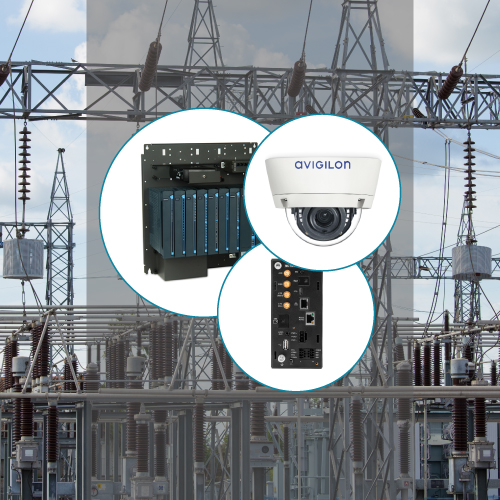
Cellular Use Cases in DA
- Remote Terminal Units (RTUs): These are electronic devices used to monitor and control field equipment, such as switches and transformers, in a distribution automation system. Cellular communications can be used to transmit real-time data from the RTUs to the control center, allowing for remote monitoring and control of the equipment.
- Distribution Management System (DMS): This is the central platform that manages the distribution automation system. Cellular communications can be used to transmit data between the DMS and the RTUs, enabling real-time monitoring and control of the distribution system.
- Advanced Metering Infrastructure (AMI): This is a system used to collect and analyze energy consumption data from smart meters. Cellular communications can be used to transmit data from the smart meters to the utility company's central database, enabling real-time monitoring of energy consumption.
- Fault Detection, Isolation, and Restoration (FDIR) System: Also known as FLISR, this is a system used to detect faults in the distribution system and isolate them to prevent them from affecting other parts of the system. Cellular communications can be used to transmit fault data to the control center, enabling rapid identification and isolation of faults.
- Video Surveillance: Cellular communications can be used to transmit live video feeds from surveillance cameras installed in substations and other critical infrastructure sites. This can help utility companies to monitor these sites remotely and detect any security threats in real-time.
CONTACT US
Typical Devices and Networks for DA Systems
- Rugged gateways, routers, and modems: These devices connect distribution automation equipment to the cellular network, allowing for the real-time remote equipment monitoring, data collection and communication in harsh outdoor environments.
- Cellular, Wi-Fi, and GPS antennas: These networks provide cellular-like connectivity in remote areas where traditional cellular networks are not available or reliable.
- LoRa, LTE-M, and NB-IoT networks: These are low-power, wide-area networks that provide reliable cellular connectivity for Internet of Things (IoT) devices used in distribution automation. Strictly speaking, LoRa, is not a cellular communications channel, but we are able to provide sensors, gateways, and management platforms for this type of network as well.
- Cloud Management Platforms: These allow utilities to wireless connect to and manage their cellular or LoRa gateways wirelessly for remote troubleshooting from a single pane of glass.
- 4G and 5G networks: These high-speed networks provide faster data transfer rates, lower latency, and more reliable connectivity for distribution automation systems.
- PLTE and CBRS networks: These networks provide dedicated, secure cellular connectivity for distribution automation systems, enabling faster and more reliable communication between equipment and control centers.
CONTACT US
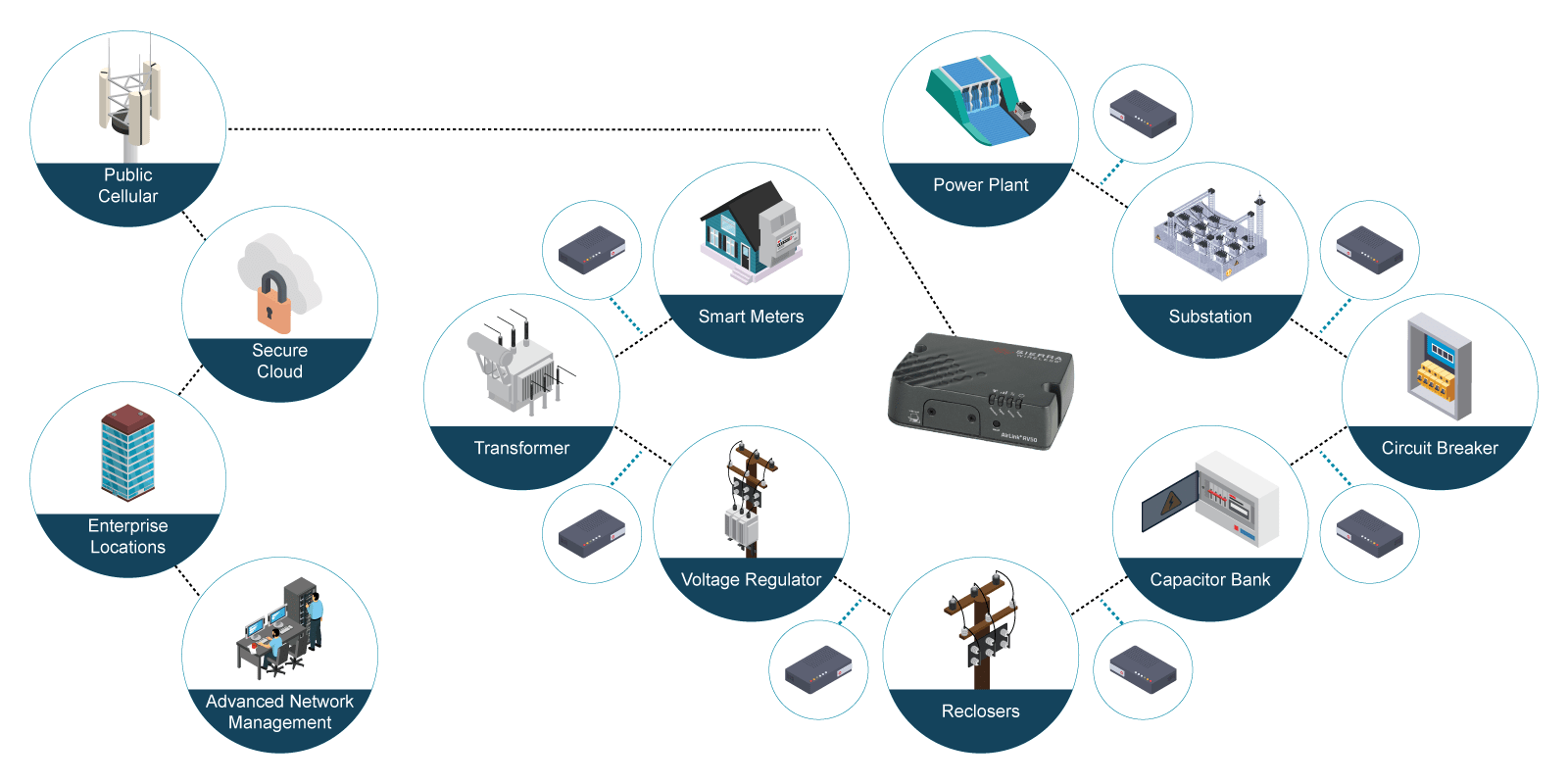
With over 25 years as a key supplier for DA communications devices to IOUs, municipal utilities and co-ops, USAT has acquired a wealth of knowledge. We know what options deliver the best results and when it's necessary to upgrade your grid’s power delivery communications infrastructure.
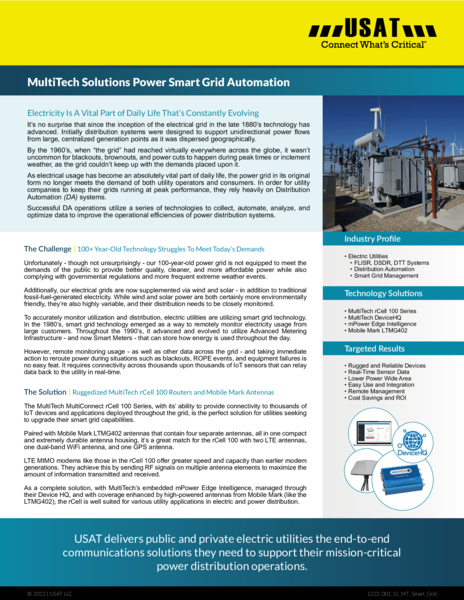
If you're interested in learning more about how USAT can help engineer communications solutions for your distribution automation systems, please fill out this contact form. An expert member of our team will reach out to you within 24 hours to discuss your needs.
For Immediate Assistance:
Call Us Toll-Free: (888) 550-8728
To shop online for top cellular routers, visit our web store by clicking here.
Contact Us
Recent Use Cases, Case Studies, and Solutions

